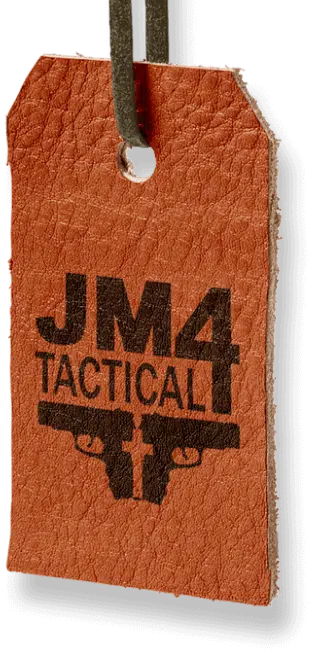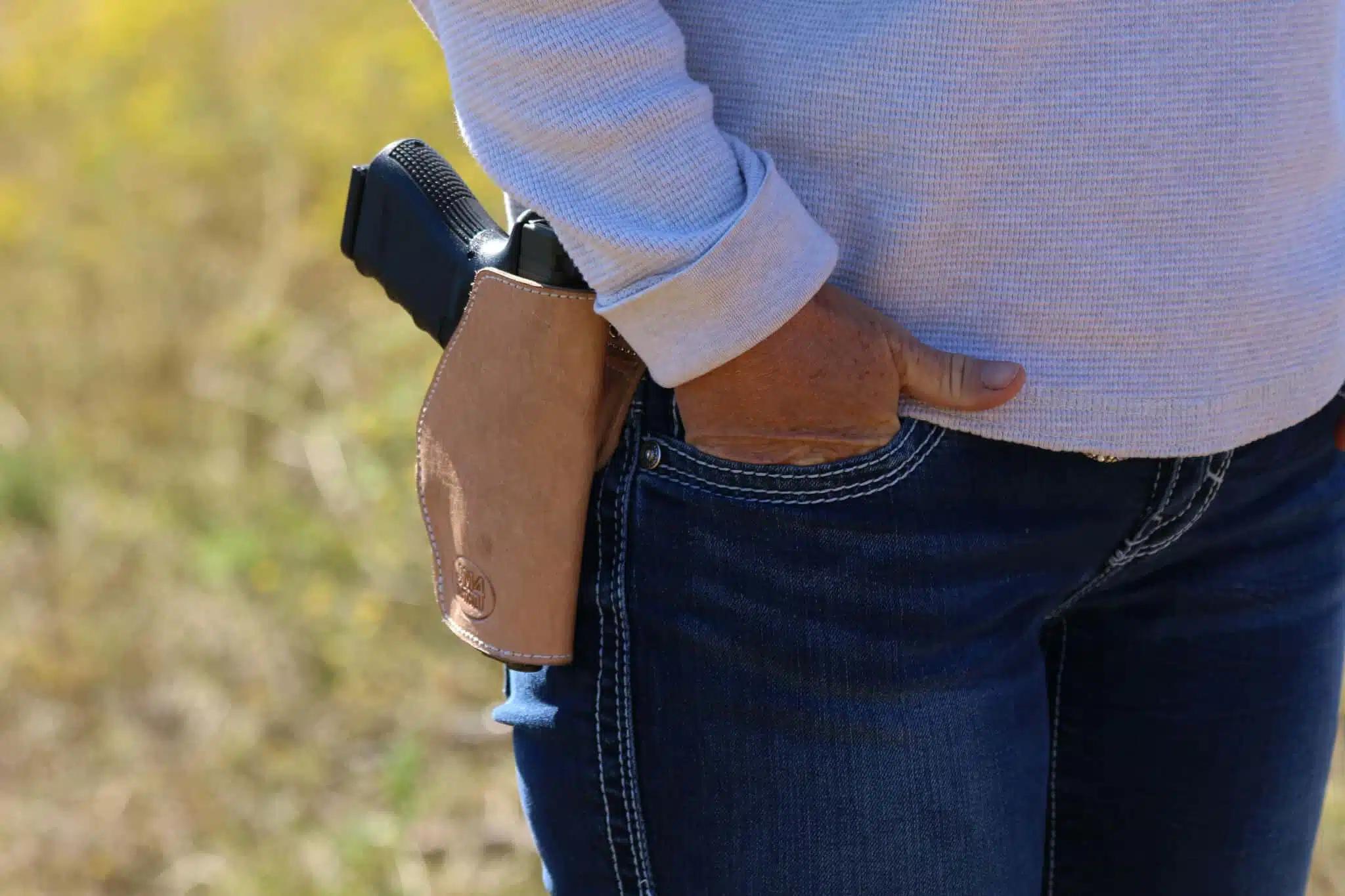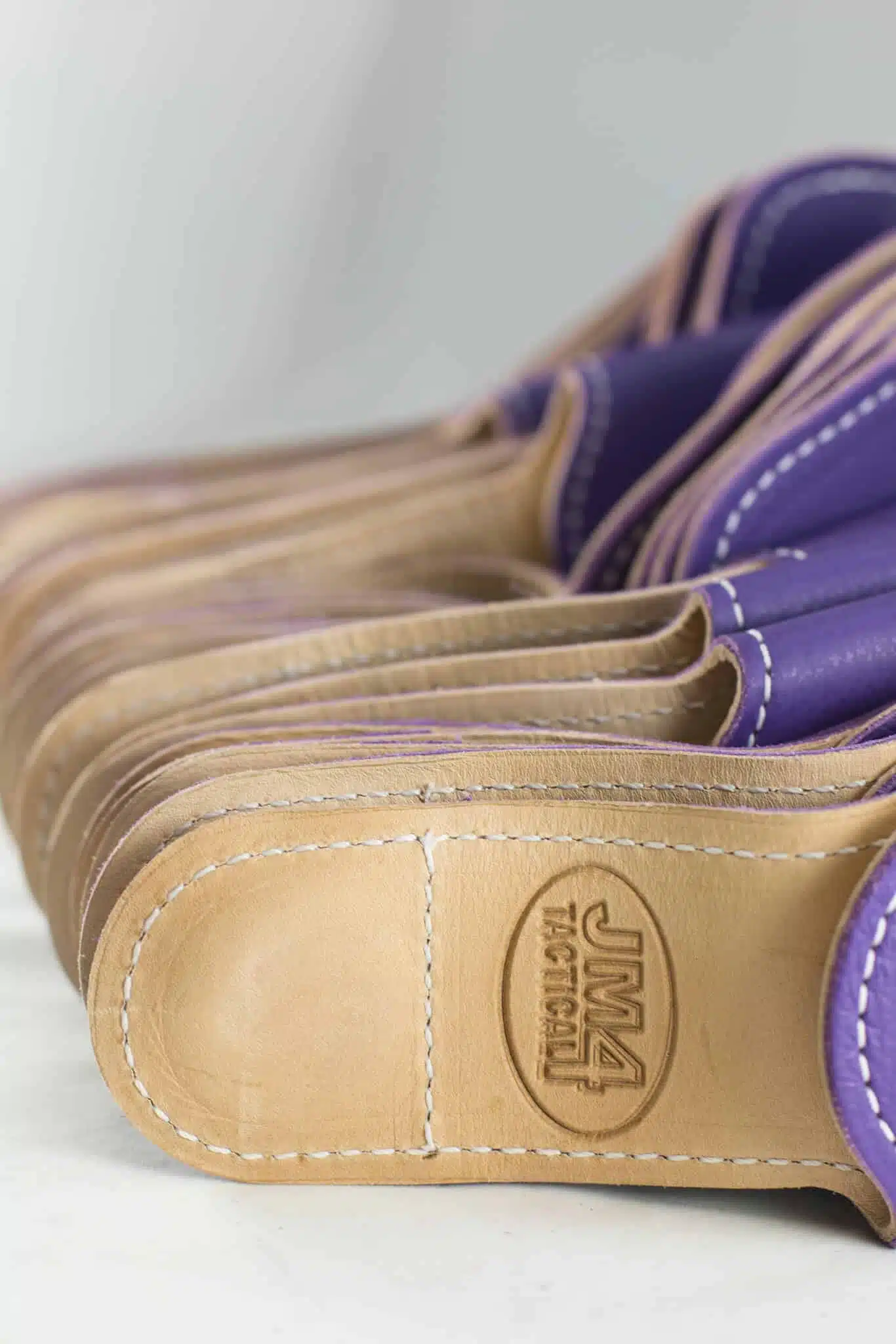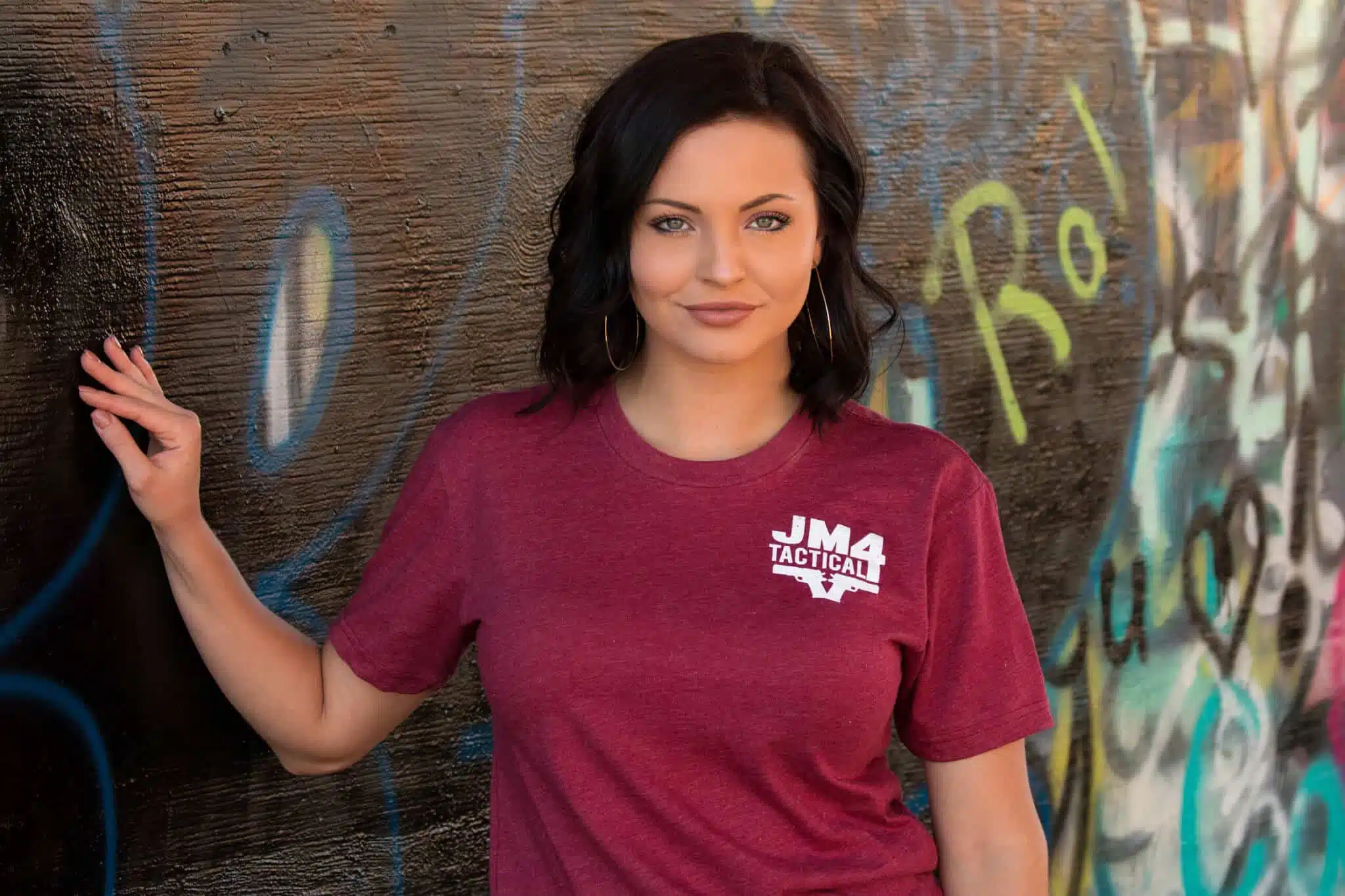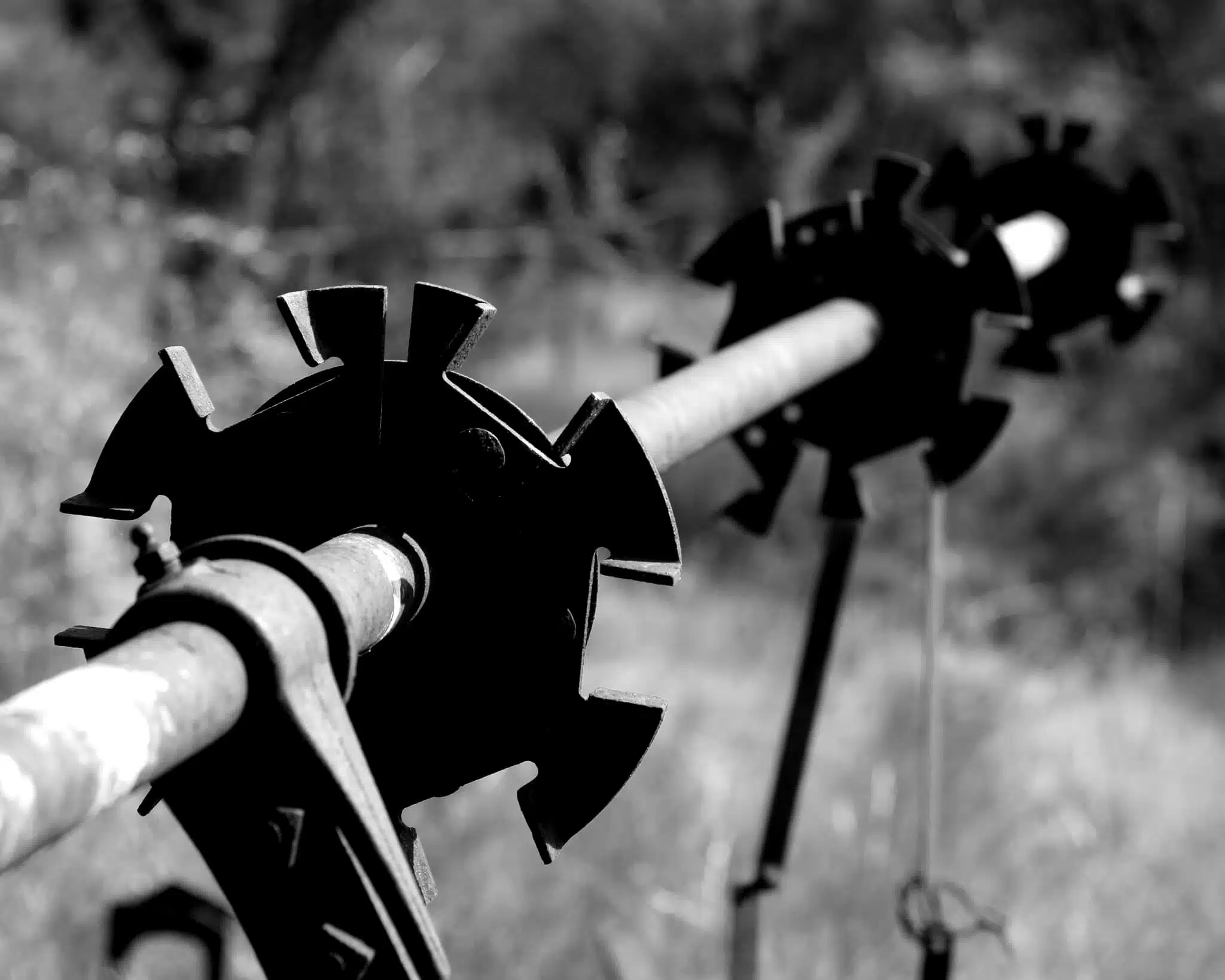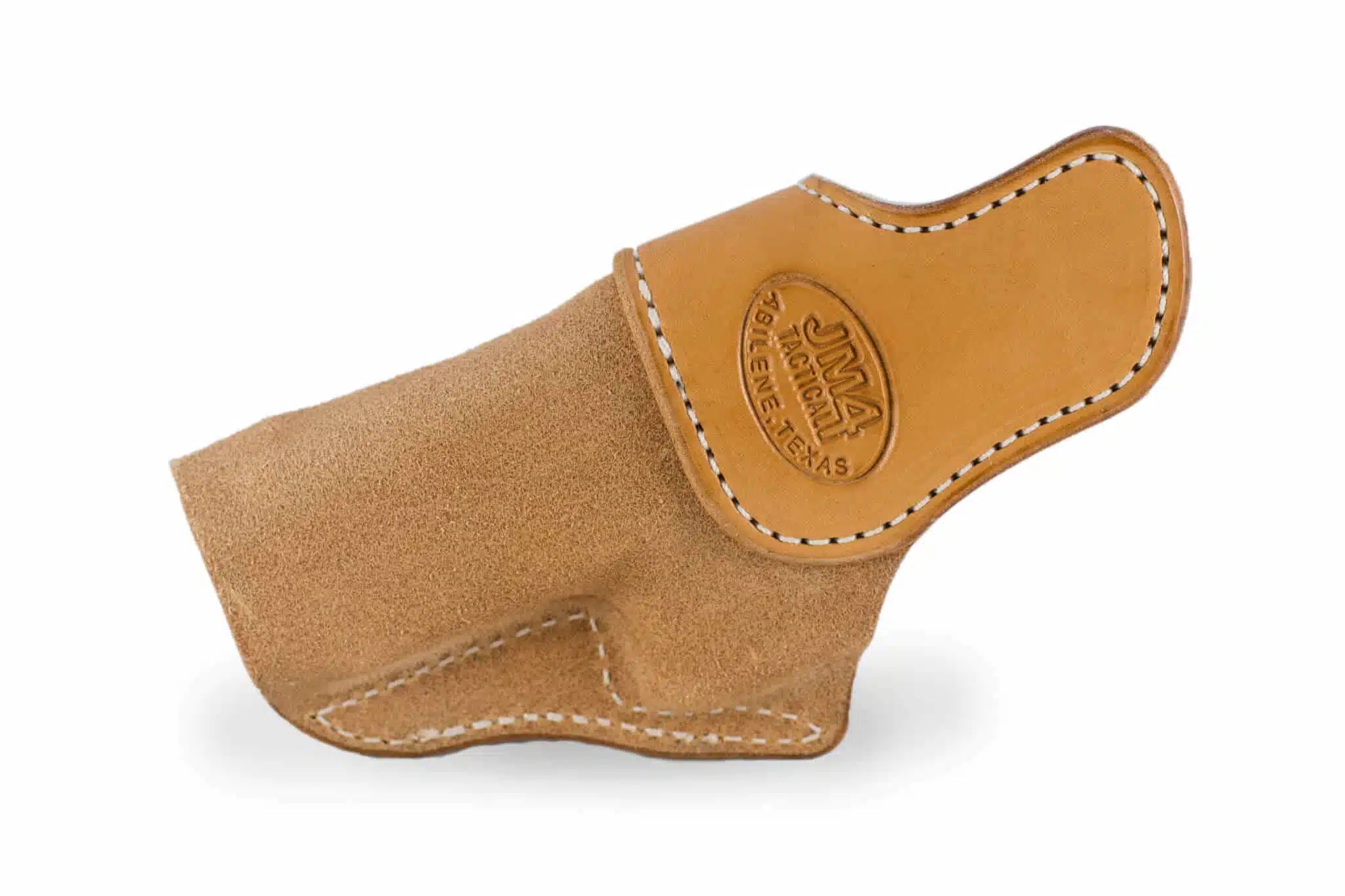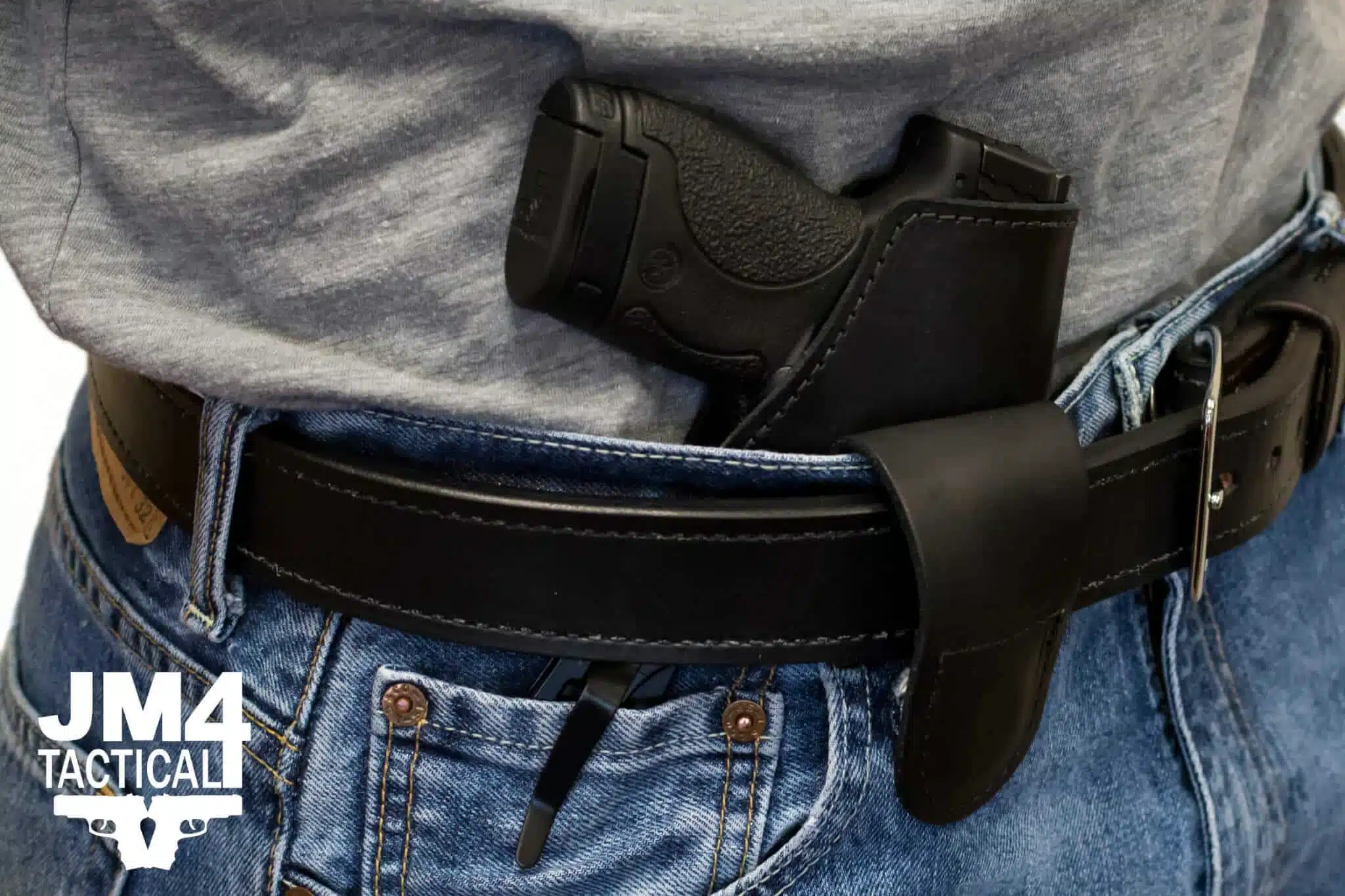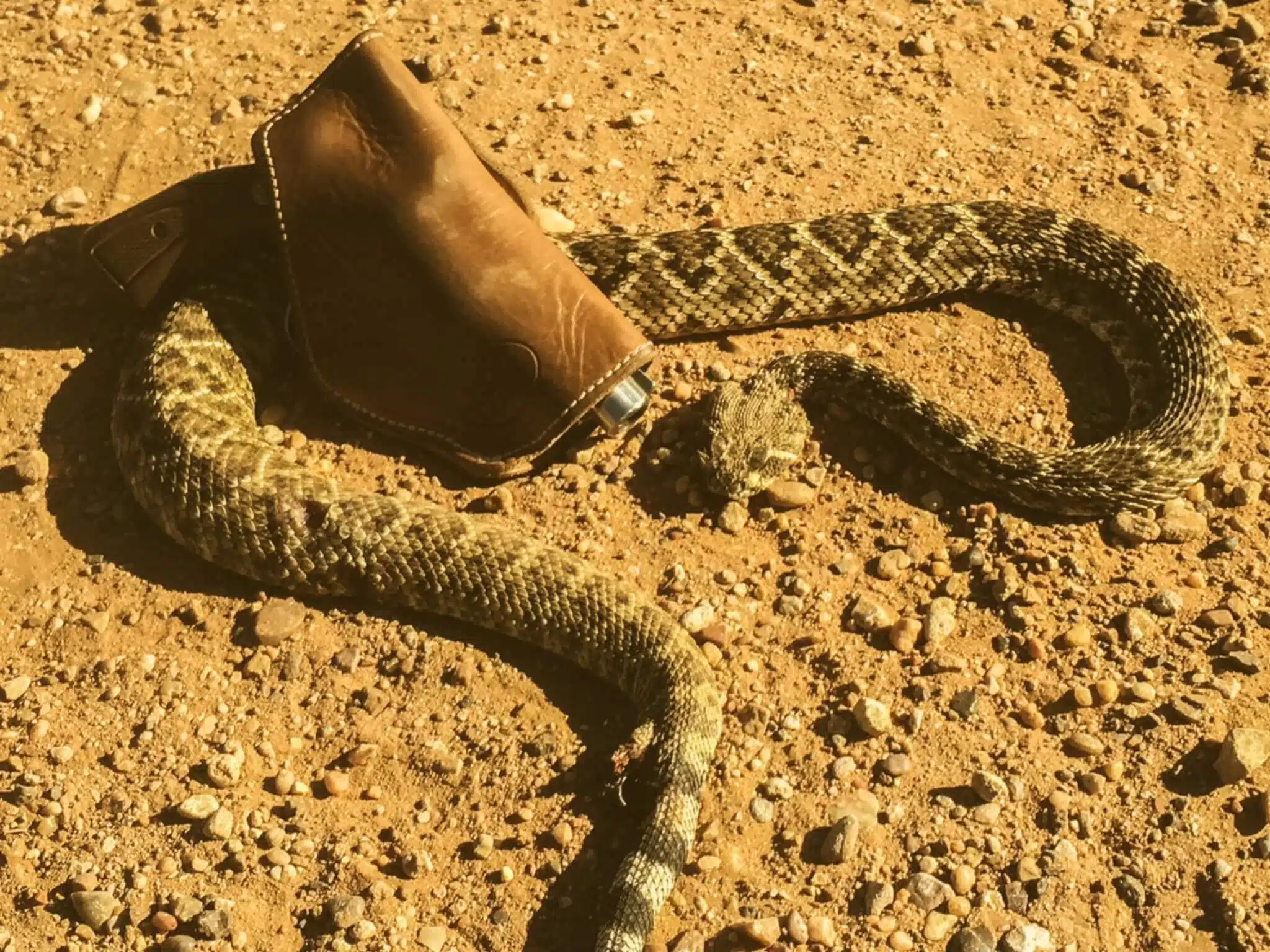NYSRPA Poised to Upend Gun Control

NYSRPA Poised to Upend Gun Control – It’s been some time since the justices of the Supreme Court of The United States heard the NYSRPA v. Bruen case. NYSRPA is the New York Rifle and Pistol Association, the state level club affiliated with the National Rifle Assocaiton. The NRA with the NYSRPA funded and supported this case from day one.
There can be speculation coming from the side of freedom lovers on how much liberty is going to be restored to the land, but that’s just what it’d be, speculation. Judging by the moves by those that are members of the anti-freedom caucus, they too think that the permitting scheme in New York will be gutted. We don’t “know” any of this, however the introduction of all kinds of new so-called “gun control” laws across the nation points towards what the tea leaves are saying to the progressives.
What we do have to lean on are some very poignant questions that were asked by the justices as well as some interesting statements. We have the near fact that New York’s Solicitor General, Barbara D. Underwood, who was tasked with defending this awful law, came up short. In Underwood’s ramblings and attempts to justify the statute, she sounded like a kid trying to deliver an oral report on a book she did not read. And, naturally, as expected, Paul Clement, arguing for liberty and civil rights, hit some serious home runs.
The core of this case is concealed carry, right? Well, kind-of. The petitioners asked the court to answer one question, which the justices revised and agreed to answer a different one. This is the question they agreed to hear:
“Whether the State’s denial of petitioners’ applications for concealed-carry licenses for self-defense violated the Second Amendment.”
Why the question was rephrased the way it was, no one can say except the justices. When dealing with the Supreme Court, one could garner as much insight by throwing chicken bones on a table and trying to read them, than any other prognosticating. What they do is a mystery.
A good amount of time during the hearing involved the discussion over “sensitive places”. The term is mentioned 23 times through the transcript of the oral arguments. Clement addresses this notion in his opening arguments:
“New York likens its law to a restriction on weapons in sensitive places. But the difference between a sensitive place law and New York’s regime is fundamental. It is the difference between regulating constitutionally protected activity and attempting to convert a fundamental constitutional right into a privilege that can only be enjoyed by those who can demonstrate to the satisfaction of a government official that they have an atypical need for the exercise of that right.”
Traditionally a sensitive place would be a federal building, court house, school, post office, locations of those natures. From Clement’s admission “this Court in Heller, for example, said sensitive places include government buildings and schools. I think those, you can probably tap into a pretty good tradition.” Regardless of our own personal feelings on what does or does not constitute a traditionally accepted “sensitive place”, we can all agree that the entirety of New York City or State is NOT a sensitive place, as was insinuated during the arguments. When challenged on this notion of “sensitive places” Underwood stated the following, very eloquently, on behalf of the state:
“Well, essentially, because there are — it — it is — it would be very hard in the first instance and I think also not very acceptable in the second — to — to my adversaries, on the — in the second instance, to specify in advance all the places that ought properly to be understood as sensitive.
So it sounds like a very convenient alternative, but, for example, we were talking about Times Square on New Year’s Eve. Times Square on — when the theater district — when — when — when commerce is in full swing, Times Square almost every night is shoulder-to-shoulder people. So then you — you end up having a very big difficulty in specifying what all theplaces are that have the characteristics that should make them sensitive. It —it’s — it has a — in principle, it has an attractive quality to it, but, in implementation, I think it would be unsuccessful.”
Clement nearly cemented shut the arguments that Underwood brought up about sensitive places in mentioning a different type of temporary restriction:
“So here — here’s what I would suggest, that the right way to think about limiting guns in Times Square on New Year’s Eve is not as a sensitive place but as a time, place, and manner restriction.”
While the entirety of any restriction might not be accepted by anyone that comes from the “shall not be infringed” camp, we all need to appreciate and understand we’re talking about New York, in this instance specifically New York City, and the matter of carry is completely alien to the majority of the city’s inhabitants. None-the-less, that dynamic shows the further importance of this case and normalizing freedom for those who are shackled by these abstinence-only approaches to the Second Amendment.
The justices had some memorable quips and quotes that are worth repeating. If anything, they might shed some light on what they’re thinking or postulating for a written opinion.
Justice Alito had the following to say about carry in the City of New York in dialogue with Underwood:
“ALITO: None of these people has a criminal record. They’re all law-abiding citizens. They get off work around midnight, maybe even after midnight. They have to commute home by subway, maybe by bus. When they arrive at the subway station or the bus stop, they have to walk some distance through a high-crime area, and they apply for a license, and they say: Look, nobody has told — has said I am going to mug you next Thursday. However, there have been a lot of muggings in this area, and I am scared to death.
They do not get licenses, is that right?
UNDERWOOD: That is in general right, yes. If there’s nothing particular to them, that’s right.
ALITO: How is that consistent with the core right to self-defense, which is protected by the Second Amendment?”
Reading between the lines, it’s almost as if Alito is giving an argument, because it’s a statement of fact. There was no recovering from that for Underwood.
Quite shocking though were some of Kagen’s remarks, while she toiled with an equal protection argument as she spoke about restrictions in one area of the country versus another:
“General, you know, one of the things that strikes me about this area is that, on the one hand, it — it seems completely intuitive to me and I think to many people. I mean, if you think about Justice Thomas’s questions about less populated areas, the rural areas of New York versus the cities, I mean, it seems completely intuitive that there should be different gun regimes in New York than in Wyoming or that there should be different gun regimes in New York City than in rural counties upstate.
But it’s a — it’s — it’s a hard thing to — to match with our notion of constitutional rights generally. I mean, Mr. Clement makes a big point of this in his brief about how we would never really dream of doing that for the First Amendment or other constitutional rights, allow that level of local flexibility that you’re basically saying we should allow in this context.
So I guess I just want to hear you say why you think that is. You know, what justification is there for allowing greater flexibility here?”
That musing is as close to a check-mate ..
on the subject of the Second Amendment right to bear arms than I’ve read in recent history from a left of center justice (if ever). Kagen basically delivered an equal protection and strict scrutiny argument to Underwood, the Court, and public at large, on a silver platter.
If you haven’t read the full transcript of the oral arguments, I urge you to do so. Or if you rather, you can listen to them. Perhaps listening is the best way to go, as you’d be able to gauge the emotion and inflection behind the words.
What’s going to happen with NYSRPA? I don’t know, but it’s fun to guess. Do I think that the Second Amendment will prevail in the orders from the court? Yes, I think freedom will win. It’s a matter of to what degree. I would not be surprised if we had several split opinions on different aspects of the case. I think that the majority will rule that “shall-issue” needs to be the law of the land. I think beyond that simple majority, some of the more liberal justices may join in saying that indeed NY infringed on the petitioner’s rights by not issuing them their permits. That is possible, but I think they’ll fall short of saying that “shall-issue” is the remedy.
It’s been gathered that an opinion might come out by June, prior to summer recess. Generally speaking the court will deliver opinions on the more “controversial” cases closer to summer. We’ll probably be waiting out the next five months until hearing anything. Though, they can always drop a bomb on the nation and pony up with their thoughts sooner. What if they did that tomorrow?!?! Either way, if freedom rings from the high court, it’s going to still be a good amount of time before “shall-issue” is restored to all the land. It’s probable more litigation’s going to be needed, as I don’t see states like New Jersey, Hawaii, California, and Maryland just volunteering to comport with the new case law. But who knows, it’s 2022 and anything can happen!
Stay safe out there
and think before you do!
John Petrolino is a US Merchant Marine
Officer, writer, author of“Decoding Firearms: An Easy to Read Guide on General Gun
Safety & Use” and USCCA certified instructor, NRA certified
pistol, rifle and shotgun instructor living under and working to change New
Jersey’s draconian and unconstitutional gun laws. You can find him on the web
atwww.thepenpatriot.com
on twitter at@johnpetrolino
on Facebook athttps://www.facebook.com/thepenpatriot/
and on instagram@jpetrolinoiii
